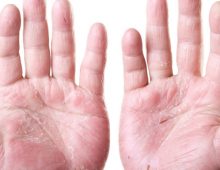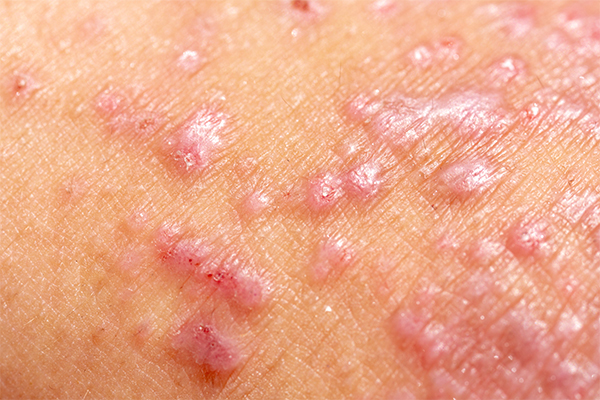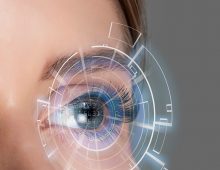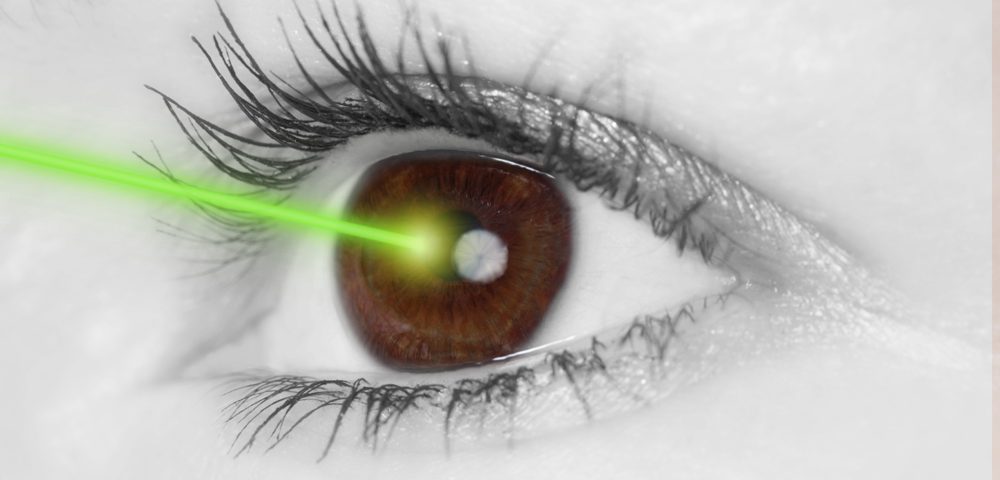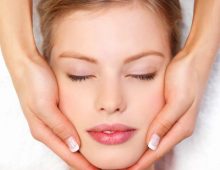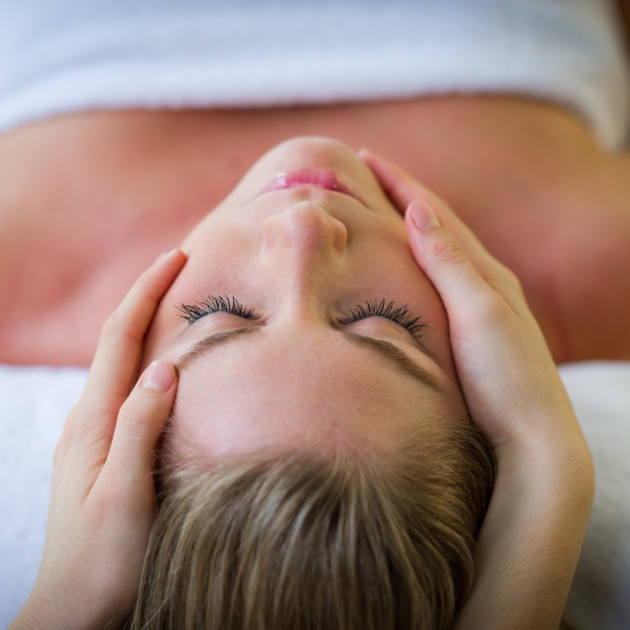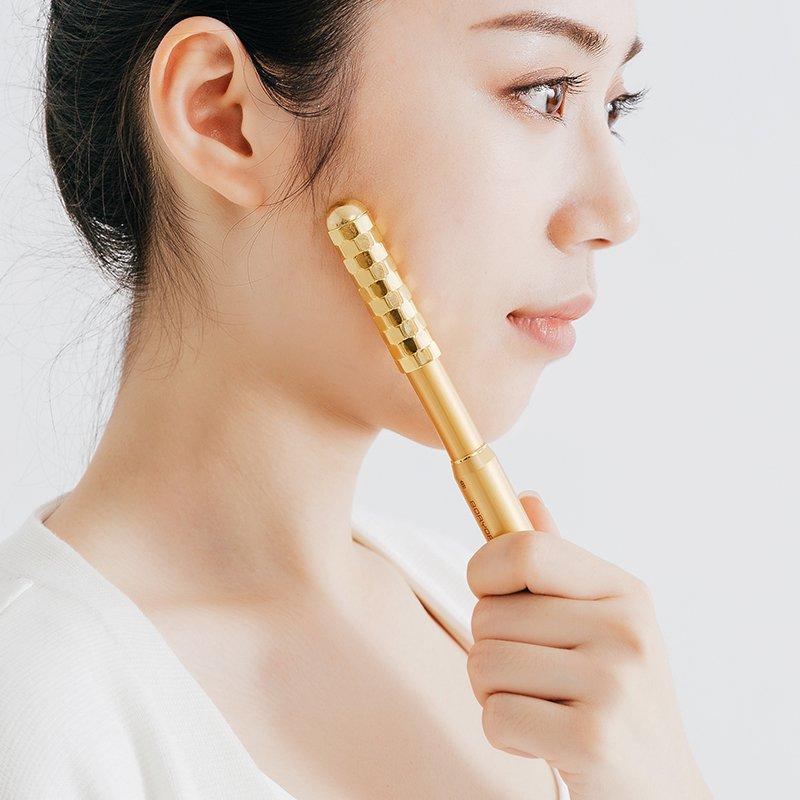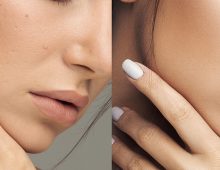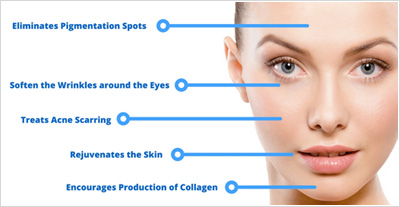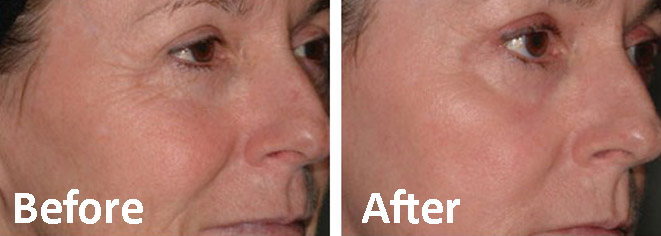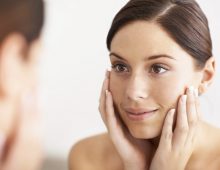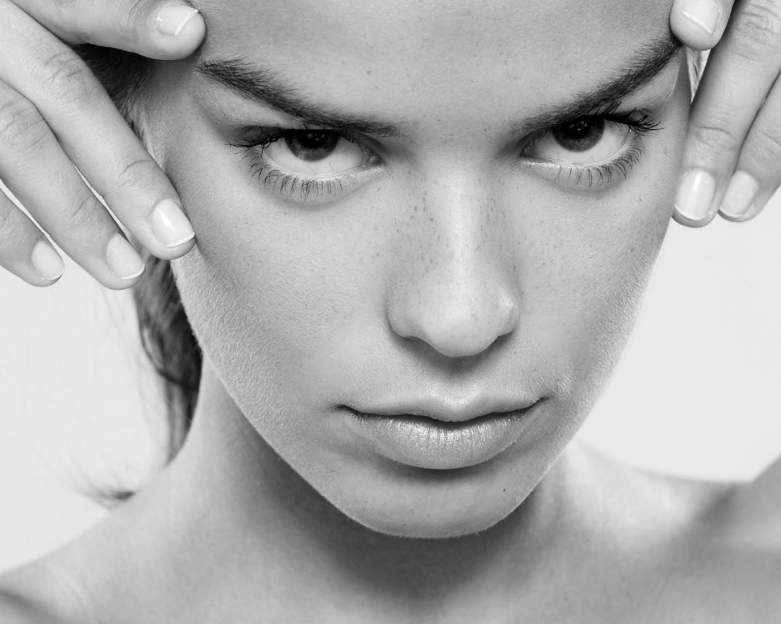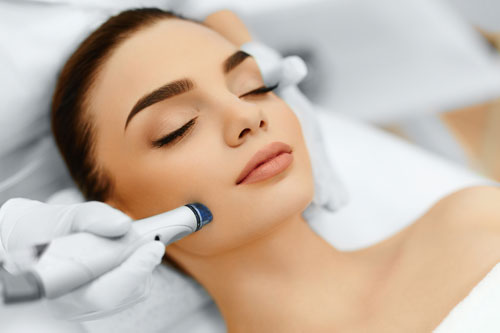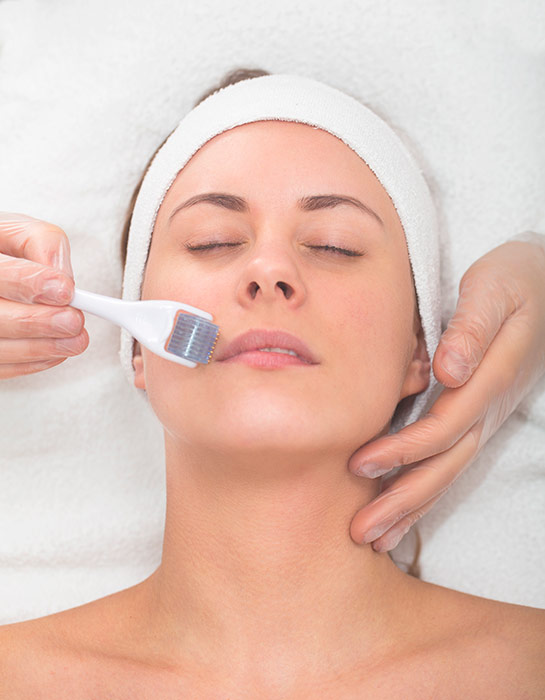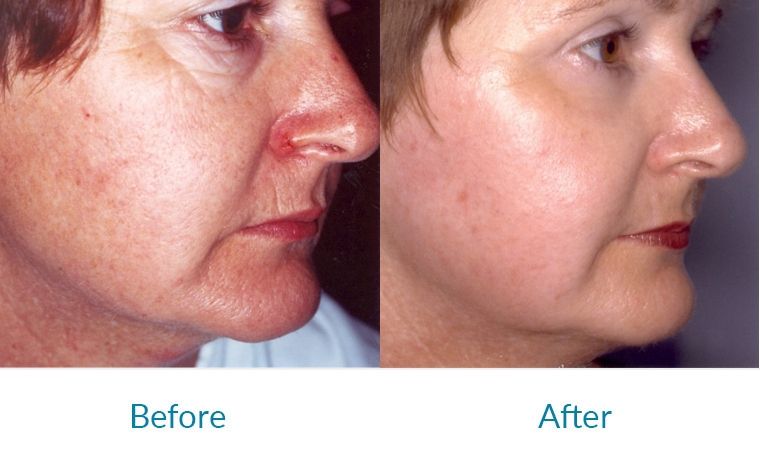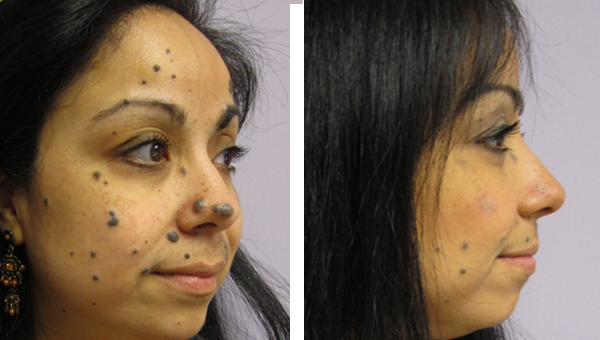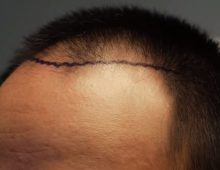What Are the Alternatives to a Face Lift
Thanks to the media, we are constantly reminded about aging. Whether we’re watching TV, scrolling through our social media, or strolling around the city, we’ll always see anti-aging products being marketed. Well, who doesn’t want to be young forever? We can’t deny that it feels good to be young. However, we need to accept the fact that aging is inevitable and at some point, it’s difficult to ignore the signs of aging in our face. Most of the time, investing in a new anti-aging cream is not enough since it may bring little to no effect on your wrinkles. That’s why many people choose to go under the knife to address this issue. A facelift is possibly one of the most popular procedures to remove the signs of aging from your face, but if you don’t like the idea of surgery, there are numerous minimally-invasive or surgical options for you. Let’s take a closer look at the alternatives to a facelift that you may want to consider:
Botox
Botox is possibly the most popular non-surgical cosmetic treatment on the market. Over 6 million Botox treatments are performed every year and it’s not hard to see why. Botox is a simple and convenient procedure that can reduce fine lines and wrinkles on your face in almost an instant. So, what is Botox? Botox is a powerful poison (yes, that sounds scary and extreme), but when used correctly and injected in extremely small concentrations, it has numerous applications. Botox works by paralyzing your muscles to reduce the appearance of fine lines and facial wrinkles. During a Botox procedure, your provider injects the substance directly into your neuromuscular tissue. It doesn’t take effect right away and you usually need to wait at least 24 to 72 hours until you can see the result. However, in some rare cases, the full effect of Botox can be seen after five days.
It is important for you to make sure that your Botox is administered by a trained provider. It is highly advisable for you to go to a plastic surgeon or a dermatologist who’s skilled and trained in Botox injections rather than undergoing it in a clinic or day spa. Botox generally has very few side effects. The most common side effects are swelling, pain, and bruising at the injection site. In rare cases, Botox can be toxic and cause some unwanted effects, such as numbness, malaise, muscle weakness, dysphagia, and bleeding. To avoid any of these rare complications and to achieve the best result possible, you will need to make sure not to rub your face for at least 24 hours, avoid any strenuous activity and exercises for a few days, avoid sleeping on the treated areas and sleep on your back.
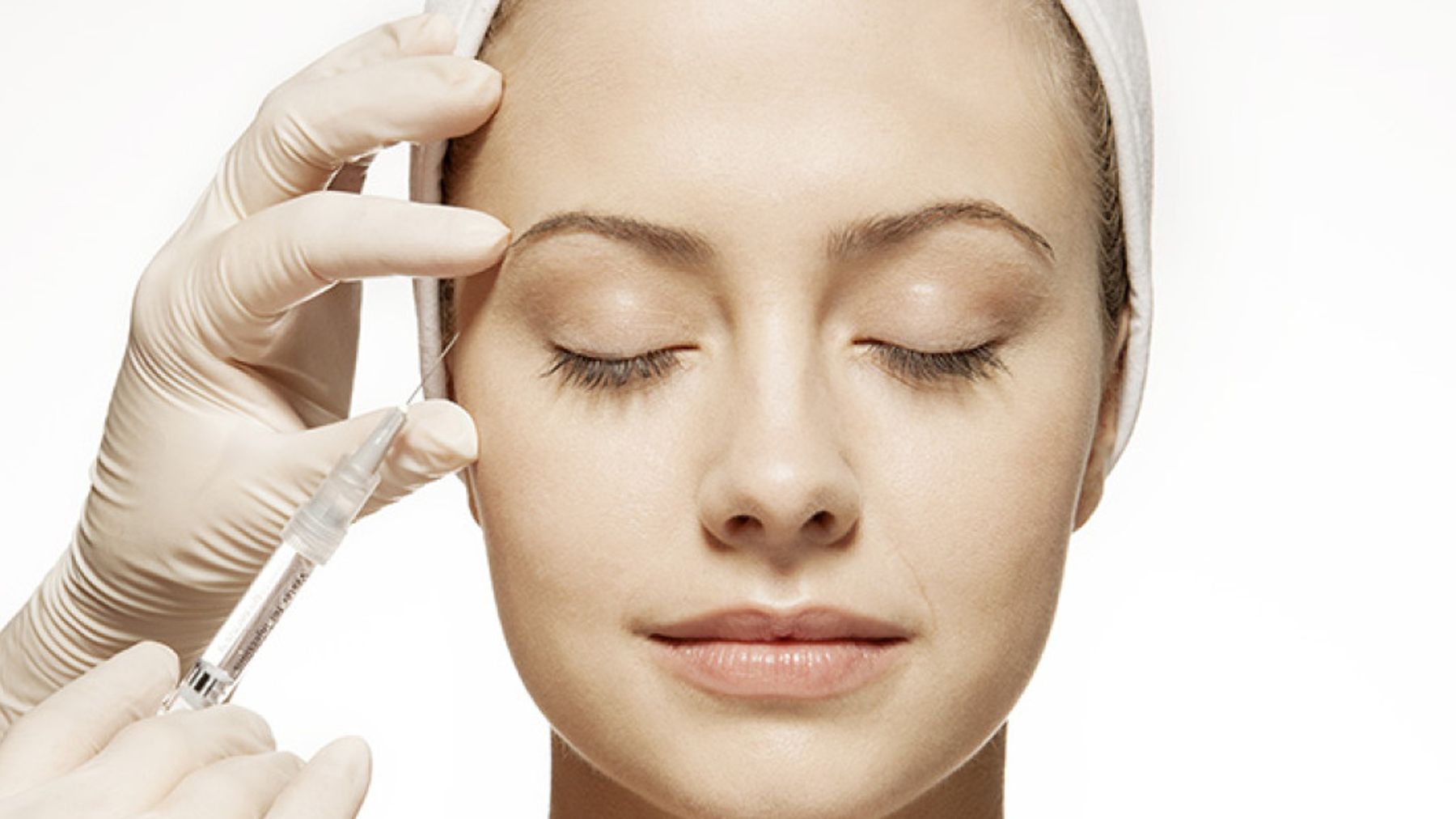
Ultherapy
Ultherapy can lift the skin on your neck, on the eyebrow, under the chin, and on the chest. It is an ultrasound technology that works by kick-starting collagen production and tightening the skin. This procedure is perfect for people who don’t want any surgery, needles, or toxins but want to appear younger. This procedure is very convenient because it only needs 30 to 90 minutes to perform and no incisions or general anesthesia are involved. You don’t need to prepare anything before the procedure and there is little to no downtime. Some people can see the effects right away, but the full result usually appears within 2 to 3 months.
Ultherapy works by targeting areas beneath your skin with focused ultrasound energy. The applicator uses the right temperature at the right depth of the skin to support collagen regeneration. The energy from the applicator targets different depths and affects three layers, including the skin, superficial wrinkles, and the muscle. It stimulates elastic tissue and collagen, which results in firmer skin with fewer wrinkles and less sagging. The procedure is mainly safe, but there are some side effects you need to be aware of, such as redness on the treated areas as well as short-term swelling, tingling, and tenderness. In some rare cases, you may experience some numbness or bruising, but they normally disappear after a few days.
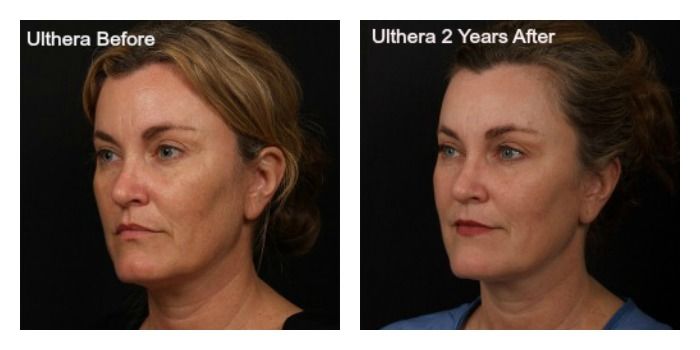
Thread Lift
Thread Lift is said to be the new facelift and many women are obsessed with this procedure. Just like a facelift, a thread lift can address skin problems caused by aging, such as jowls, drooping cheeks, and wrinkles. A thread lift is a type of procedure that uses temporary sutures to produce a subtle lifting effect in the skin. the procedure doesn’t remove your loose facial skin surgically, but simply suspend those skin by stitching up portions of it. The procedure doesn’t only lift your skin, but also kick starts your body’s healing response and causes your body to generate collagen to the treated areas. A thread lift can be done anywhere on your face and it can mimic the result of an upper or lower facelift.
Many people prefer thread lift than facelift because it only requires a very short recovery period, typically around two to three days. The recovery period is also comparatively easy. The procedure is done under local anesthesia and it doesn’t involve any incisions, meaning you can drive yourself home and look after yourself immediately after the procedure. The procedure carries very minimal risk and you don’t have to worry about scarring, bleeding, or severe bruising. You don’t need any strong pain medication and you can return to your normal routine almost right away. However, in rare cases, you may experience infection, irritation, or sutures being visible. To avoid these rare complications, you need to make sure that you avoid rubbing your face vigorously while applying your skincare for at least one week after the procedure. The result of a thread lift usually lasts between one to three years. If you like the result of a thread lift, you can undergo the procedure again and have a new set of sutures placed on your face once the old sutures are fully absorbed by your body.
Read more

